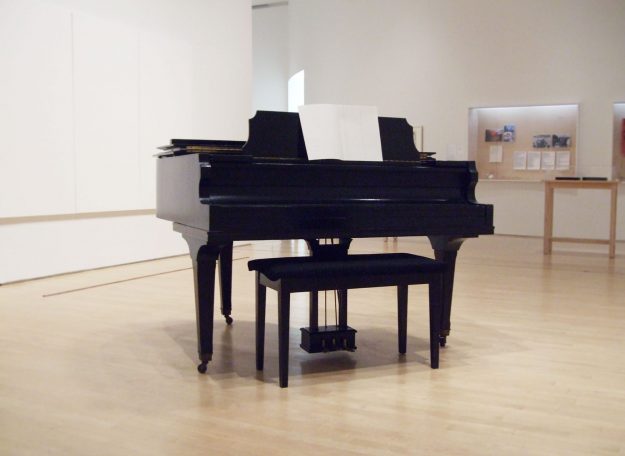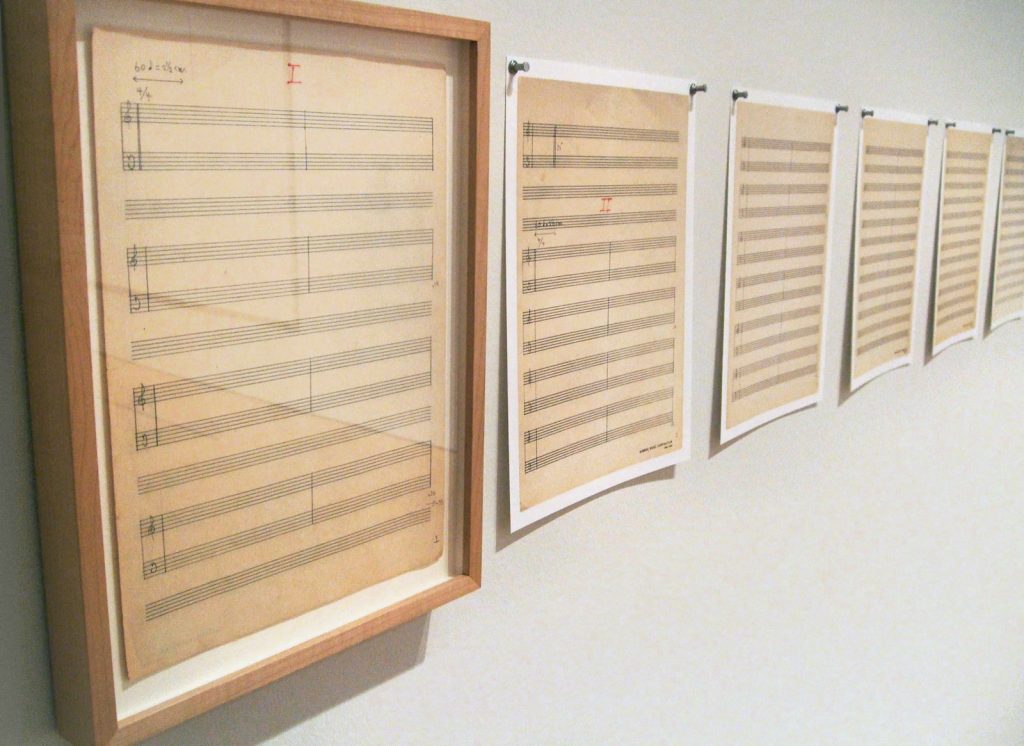We can’t help but sit alongside our preconceived ideas about meditation. If we have read or heard anything about Korean Son [Jp. Zen] Buddhism, we’ll have become aware of people who have had sudden moments of enlightenment, which, unfortunately, may have planted seeds in our mind. We think, “Gosh, I hope that’s going to happen to me too!” and conjure up a picture based on what we’ve read, and assume that we’ll have those kind of breakthroughs when we practice Son.
It is impossible to engage fully in any activity without a sense that it’s worthwhile and going to benefit us in some way. With meditation we hope, quite naturally and legitimately, that this practice will lead us to insight and understanding. That’s just a given in human experience and we wouldn’t even have started a meditation practice unless we had had some confidence that it was going to be worth our while. If a friend asked you, “Why did you commit to meditating everyday?”, presumably you are able to rationally justify your decision. You say: “I’m meditating because…” and whatever followed the “because” is what you had hoped would happen once you began meditating.
This is entirely natural—it’s not a problem per se. It only becomes problematic when the notion of whatever it is we’re looking for overrides or interrupts our present-moment experience, or our openness to a state of unknowing. Ultimately, inquiring into our expectations may lead to a rather uncomfortable conclusion, namely, that whatever we might hope for, there can be no guarantee at all that it will happen. Sitting 10,000 hours on a cushion does not entitle you to any kind of insight or enlightenment.
We have to be open to the fact that we may not achieve anything that corresponds to our preconceived idea of what the goal of the practice might be. We have to let go of all such expectations. That’s easier said than done. You may have had moments in your meditation where you become really still, focused and clear, everything seems to be going very well (whatever that means) and then suddenly a little voice pipes up and says, “Hey—maybe I’m on the edge of a really profound experience. I feel that something amazing is about to happen!” You start getting excited, with the result that all your stillness and clarity dissolve, and you lapse back into your all too familiar and tiresome patterns of indulgent self-centered thinking.
How can we prevent this from happening, and how can we let go of our expectations? One method is to consciously valorize the experience of just waiting—waiting without expecting.
There’s a certain point in any form of meditation where the practice becomes self-validating. In other words, we do it not because of some hypothetical goal we might attain one day but simply because doing it is sufficient in itself. My teacher, Korean Son master Kusan Sunim, used to warn me against “adding legs to a snake.” Just to sit, to be focused, to enquire, to be mindful, is already enough. We don’t need to add anything else.
Waiting is a deep acceptance of the moment as such, even when we are actively practicing meditative inquiry. Part of Son involves asking, “What is this?” of our experience, but without any interest in an answer. We’re not waiting for something, we’re just waiting. We realize that our longing for an answer undermines the authenticity of the questioning itself. Can we be satisfied just to rest in this questioning, but in a deeply focused and embodied way? Can we wait without any expectations?
Going hand in hand with this waiting is also a quality of listening. Rather than just listening more attentively to the crows in the trees, the noises in the room, or the quiet hush of silence, think of listening as a metaphor for meditation. It’s helpful to notice that when we talk about meditation we tend, unconsciously, to describe what we’re doing by drawing on analogies of sensory experience.
Take the word vipassana, for example. The prefix vi– is an intensifier, while passana comes from passati in Pali, which means to see, hence the common translation of vipassana as insight. If you think about it, a lot of the instructions we are given in meditation assume the suitability—even the pre-eminence—of an ocular metaphor. We’re told to watch the breath. Of course, we’re not really watching the breath, because our eyes are closed and, in any case, the breath is not something you can see. We’re told to look into the mind. We’re told to see what’s happening in our experience. “See,” “look at,” “watch”––all of these are things we do with our eyes. To pay attention to our inner experience, which has neither color nor shape, is compared to what we do with our physical eyes.
I’m not suggesting that these metaphors have no role to play in your practice. But disrupting the underlying assumptions that have become so much a part of our language is one way we can begin to change the quality of our waiting.

Instead of watching or seeing, you sometimes find Son teachers instructing you to listen or hear. When you are asked to watch something carefully, you tend to narrow the focus of your attention onto the object, thereby letting it stand out in the wider field of vision, in order that you can look at it more precisely. What you’re looking at is invariably something outside of yourself, “over there” somewhere. Quite unconsciously, we adopt an inner stance or posture that mimics the act of seeing. You might feel that when you’re meditating there’s a part of you in the back of your head that’s peering in on your body and mental states. You’ve (accidentally) created a distance between an observer looking in and an object being observed.
With listening, rather than narrowing your attention on a particular sound “out there,” you open yourself up to allow the sound to enter you. The internal posture you assume is not that of a detached observer looking out onto something, but rather a completely vulnerable and open attention that allows sounds to stream into you from every direction. That’s a very different inner stance. Your physical posture might be the same, but your mental posture is the opposite to that of looking at something.
The composer John Cage wrote a famous piece called “4’33″”—a pianist comes onto the stage, sits down at a piano, but doesn’t touch any of the keys for four minutes and thirty-three seconds. I have only heard a version of this played on a penny whistle, but the result must be much the same. Because you expect to hear music, you prime yourself to listen, but instead of hearing a piano being played, you find yourself acutely attentive to all the ambient sounds in the concert hall. You become aware of the music of the world, the polyphony of life itself. After a while, you find yourself enjoying it as you might a piece of “real” music.
When we wait without expecting, we realize that meditation itself is enough. When you ask yourself, “What is this?”, and you are left in the silence that follows the fading away of the words, just listen for a response, without hoping for a particular answer, just as you would attend to global presence of sound with your ears. Letting go of our hopes for a particular experience to really notice this present experience. Explore what it feels like in your body to be open to this question in the same way that you would open yourself to a piece of music or listen with total attention to the polyphony of the birds and wind outside, the occasional plane that flies overhead, the patter of rain on the windows. Listen more carefully, and at the same time notice how that listening is not just an opening of the mind but an opening of the heart, a vital concern or care for the world, the source of what we call compassion or love.
♦
Excerpted from What is this? Ancient questions for modern minds by Martine and Stephen Batchelor, 2019. Published by Tuwhiri.
Thank you for subscribing to Tricycle! As a nonprofit, we depend on readers like you to keep Buddhist teachings and practices widely available.
